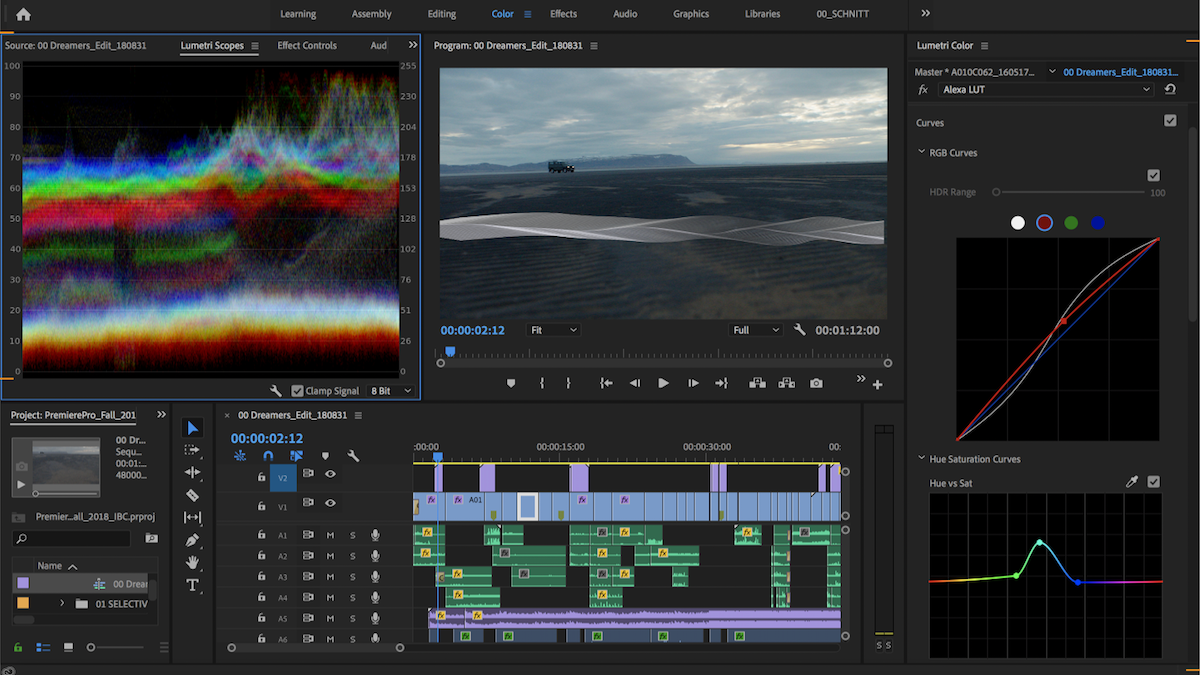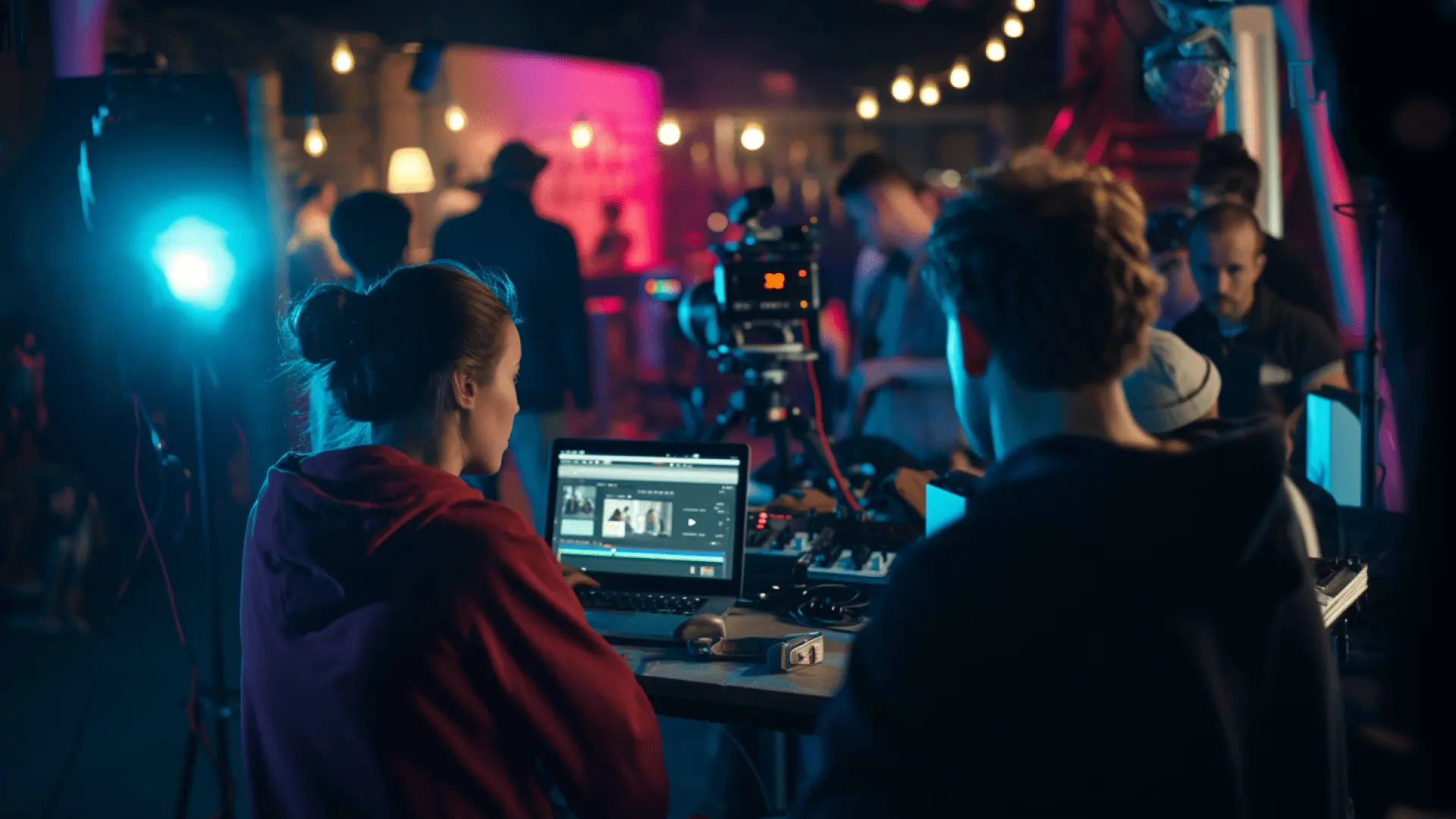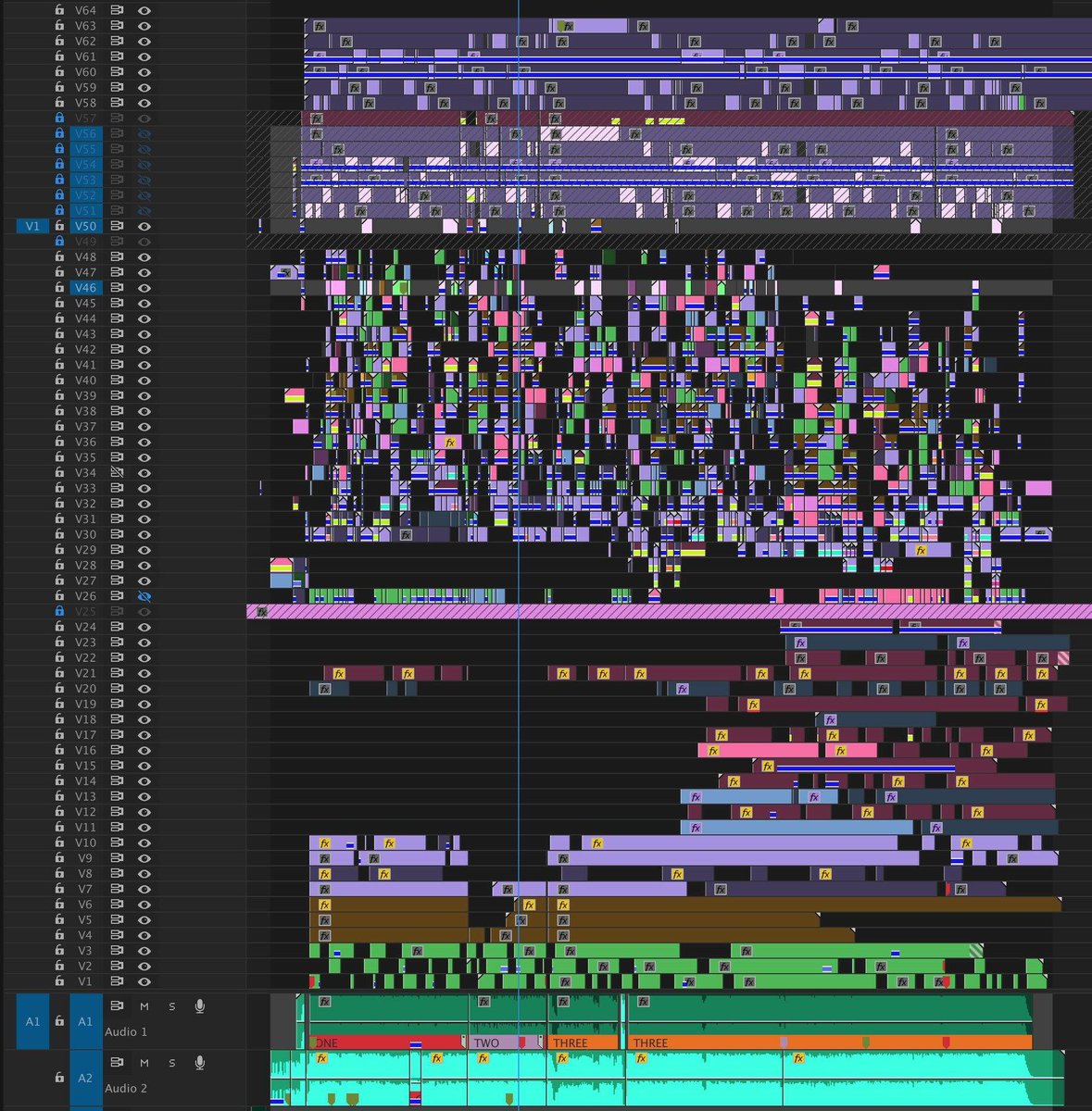What Does an Editor Actually Do?
Beyond technical cuts and transitions, editors are storytellers who sculpt time, space, and emotion to create compelling cinematic experiences.

Story Architecture
Constructing narrative structure through careful selection and arrangement of scenes, creating the film's emotional journey.
Rhythm & Pacing
Controlling the tempo of the story, building tension, providing relief, and guiding audience attention through precise timing.
Emotional Sculpting
Using cuts, music, and visual flow to evoke specific emotions and create psychological impact on the audience.
Behind the Scenes: Editor at Work



Crafting the Narrative Flow
The editor's timeline becomes the blueprint for emotional engagement, where every cut serves the story's deeper purpose.
Professional Editing Software in Action

Timeline Management
Professional editors work with complex timelines, managing multiple video and audio tracks to create seamless storytelling experiences.

Color & Audio Integration
Modern editing suites integrate color correction, audio mixing, and visual effects within a single workflow for maximum creative control.
Scene Selection
Choosing the best takes and angles to serve the story, considering performance, technical quality, and narrative impact.
Cut Timing
Every cut is a decision point that affects pacing, tension, and audience engagement through precise timing choices.
Transition Artistry
Creating seamless or deliberately jarring transitions to guide emotional response and maintain story momentum.
Collaboration with Directors and Sound Teams
Editing is a collaborative art form where creative visions merge to enhance the final cinematic experience.

Director Partnership
Working closely with directors to realize their vision while offering creative insights and alternative approaches to storytelling.
Sound Design Integration
Collaborating with sound designers and composers to create cohesive audio-visual experiences that enhance narrative impact.
Feedback Loop
Maintaining open communication throughout post-production to refine the edit based on creative input and audience testing.
Editing Techniques and Storytelling Tools
Master the fundamental techniques that professional editors use to create compelling visual narratives.
Match Cuts
Seamless transitions that connect ideas through visual or thematic matching.
Jump Cuts
Intentional discontinuity to create energy, urgency, or stylistic effect.
Cross Cutting
Alternating between parallel actions to build tension and show relationships.
Montage
Rapid sequence of images to condense time or convey complex ideas.
Professional Timeline Examples

Complex Multi-Track Editing
Professional timelines often contain dozens of video and audio tracks, requiring sophisticated organization and workflow management.

Mixed Format Integration
Modern editors work with multiple formats, frame rates, and resolutions within a single project, requiring technical expertise.
Post-Production Department Structure
Understanding the collaborative ecosystem where editors work alongside specialized professionals to create the final film.
POST-PRODUCTION SUPERVISOR
Oversees entire post-production workflow
PICTURE EDITOR
Primary story architect and visual flow creator
SOUND DEPARTMENT
Audio design and mixing specialists
VFX & COLOR
Visual effects and color enhancement
DATA MANAGEMENT
Asset organization and workflow
TECHNICAL SUPPORT
Systems and workflow optimization
Communication Flow
The Picture Editor serves as the central hub of creative decision-making, collaborating closely with the director while coordinating with all specialized departments to ensure the final cut serves the story's vision. Regular review sessions, feedback loops, and technical handoffs maintain quality and creative integrity throughout the post-production process.
Best Tutorials and Masterclass Breakdowns
Learn from industry professionals through carefully selected video content that demonstrates real-world editing workflows and techniques.
Pro Editor's First Steps To Editing A Movie
Lucas Harger shares his professional workflow and initial approach when starting a new film project.
Post-Production Explained — Each Step
StudioBinder breaks down the complete post-production process from rough cut to final delivery.
6 Ways to Edit Any Scene — Essential Techniques
Comprehensive guide to fundamental editing techniques used in professional filmmaking.
Additional Learning Resources
Editing Techniques Deep Dive
- • Match Cut Transitions and Applications
- • Pacing Strategies for Different Genres
- • Color Grading Integration
- • Sound Design Collaboration
Professional Interviews
- • ACE Editor Masterclasses
- • Hollywood Workflow Breakdowns
- • Independent Film Editing Strategies
- • Emerging Technology Discussions
Interactive Learning Workshop
Practice your editing knowledge with hands-on exercises designed to develop your storytelling intuition and technical skills.
Scene Analysis Worksheet
Exercise 1: Pacing Analysis
Watch a 2-minute scene from your favorite film. Count the number of cuts and analyze:
- • Average shot length
- • Emotional rhythm changes
- • Relationship between cut frequency and tension
Exercise 2: Cut List Creation
Create a simple edit decision list for a dialogue scene:
Creative Challenges
Challenge 1: Alternative Endings
Take a famous film sequence and reimagine three different editing approaches:
Challenge 2: Music & Picture Sync
Select a piece of music and describe how you would edit a sequence to match its rhythm:
Additional Practice Resources
Storyboard Templates
Download blank storyboard templates for pre-visualization practice.
Shot Log Sheets
Organize your footage analysis with professional logging templates.
Reference Sequences
Curated list of exemplary film sequences for analysis study.
Your Journey as a Film Editor Begins
The art of film editing combines technical precision with creative intuition. As you develop your skills, remember that every cut is a creative choice that serves the story. Whether you're working with simple footage or complex narrative structures, your role as an editor is to guide audiences through emotional journeys that resonate long after the credits roll.